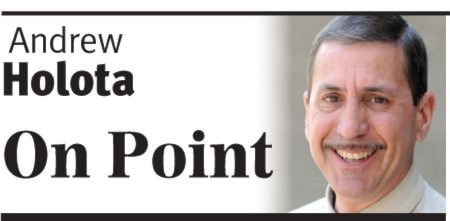Prominent in the debate on the City of Abbotsford’s proposed Stave Lake public-private water supply project, is the foreboding concept of “giving up control of our water...”
It invokes visions of foreign fat-cats holding us to ransom with hyper-inflated rates generating vast profits.
It’s a pet bogeyman for the Canadian Union of Public Employees, among other groups.
The province, and Ottawa, have jurisdiction over water resources. Opinions differ obviously, but the prevailing political and legal view is that unless water is being exported and sold, international trade laws have no effect.
And that’s just not on the table here.
In fact, even if the City of Abbotsford wanted to export bulk water at some point, say to the U.S., it is prevented from doing so, under the provincial Water Protection Act. That point was confirmed last week in a letter to the city, by the B.C. deputy comptroller of water rights.
So, the rights to Stave Lake water in a P3 deal remain in the public domain.
Same with the treatment plant infrastructure and all other assets. As with the Abbotsford regional hospital – also a P3 project – the hard assets remain public property. In that example, it’s the service contract that has changed corporate hands several times. And so what? The companies that hold the contract to sweep the hospital floors and do the myriad other things required to keep a hospital running, are not now dictating public health care, telling you when you can have your hip surgery.
There’s no doubt, however, that the contract is critical.
It details the terms of the agreement, and spells out the consequences of a private operator failing to meet standards of delivery and quality.
Usually, those penalties are financial – and substantial – which is why P3 projects are considered by some to offer more incentive for performance from a private partner than a public system.
On that note, there’s no guarantee that a publicly operated water supply is immune to human error, incompetence or corruption.
Canada’s worst water disaster in Walkerton, Ontario, which killed seven people, involved a public utility. Interestingly, that city’s water supply now involves a private sector arrangement.
But for the moment, let’s put the private control goblin back in the closet, and address the other ghoul in the room.
Public trust.
That’s a far more tangible challenge for city hall as it endeavours to sell the Stave Lake plan, because many taxpayers have been spooked by Plan A.
Several years ago, ostensibly aware of the approaching need for a new water supply, the council of the day nevertheless embarked upon an ambitious project to provide Abbotsford with a new arts centre, and sports and entertainment arena.
The undertaking ultimately climbed to $115 million. Then, in an effort to fill its new facility, the city signed a 10-year deal with an AHL hockey club, guaranteeing them break-even revenue. Since 2009, the arena and the Heat team have cost taxpayers about $6 million.
In the clear light of hindsight, you could question city hall priorities and business acumen.
You could also question the way those decisions were communicated.
You could wonder the same in terms of how the city consulted the public in terms of water supply options.
Voters now face an all-or-none water referendum. If the latter passes, can the City of Abbotsford negotiate a watertight (no pun intended) water supply contract that will fully protect all aspects of public interest?
If the referendum fails, what then? Ultimately, Abbotsford must have a new water supply. What’s the cost of delaying the Stave Lake project? What’s the cost of slowing growth?
And who’s to steer us through these times?
It’s one thing to climb on the popular “no” bandwagon. It’s quite another to lead the parade.
